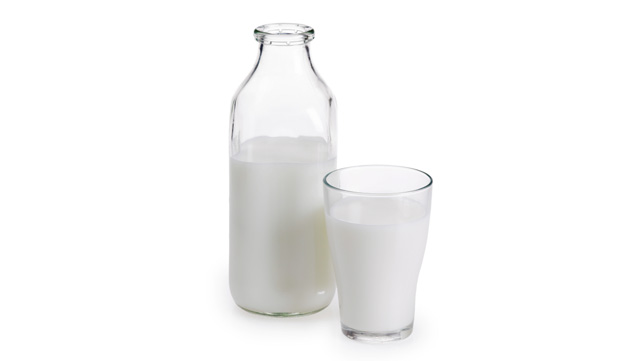Not too long ago, when being a milkman was a career option, the only thing you could expect to drown your cereal in was whole cow’s milk. Now, dairy milk comes in all sorts of varieties: whole milk, 2 percent, 1 percent, skim (fat-free), and even lactose-free milk.
For those with dietary or allergy concerns, there are also alternatives to cow’s milk. Almond, soy, and rice milk are popular alternatives to dairy, and they’re becoming even more available in stores across the U.S.
Each type of milk has its advantages and disadvantages, depending on a person’s diet, health, nutritional needs, or personal taste preferences.
For example, people in key development years — children over two, teens, and pregnant women — need proteins, vitamin D, and calcium. These are abundant in dairy milk. On the other hand, people who need to watch their calories or cholesterol — for weight reasons or heart health problems — should look to other options. Whole dairy milk contains more calories and cholesterol than any other milk.
In looking at the differences in these popular types of milks, you can determine which best suits your needs.
Dairy Milk

Whole milk is cow’s milk with none of the fat removed. It contains 8 grams of fat per cup, 8.5 percent nonfat milk solids, and 88 percent water. As none of the milk’s natural components are removed, it is high in natural proteins, fat, calcium, and vitamin D.
Other dairy milk has some or all of the fat removed. While whole milk has 150 calories in one cup, 1 percent milk has 110 calories, and skim milk has just 80 calories. Fat-free milk has all of the nutritional benefits of whole milk — a good source of protein, calcium, vitamins, and minerals — without the saturated fat and calories, though absorption of some vitamins may be reduced due to the lack of fat.
Lactose-free milk is processed to break down lactose, a natural sugar found in milk products. As with other milks, lactose-free milk is a good source of protein, calcium, vitamins, and minerals. The fat and cholesterol content of lactose-free milk varies, as it comes in 2 percent, 1 percent, and fat-free varieties.
The 3 Best Things About Dairy Milk
- Whole milk can provide essential proteins and extra calories from fats as well as vitamins and minerals for infants and the elderly
- Lactose-free versions are available for people who are lactose intolerant
- Widely available in grocery stores and convenience stores, including grass-fed and low-heat pasteurized milk options
Con: Those that are not fat-free are high in saturated fat and calories, which is bad news for people with heart problems, high cholesterol, or those who are trying to lose weight. Dairy milk is also a common allergen for babies, children, and adults.

